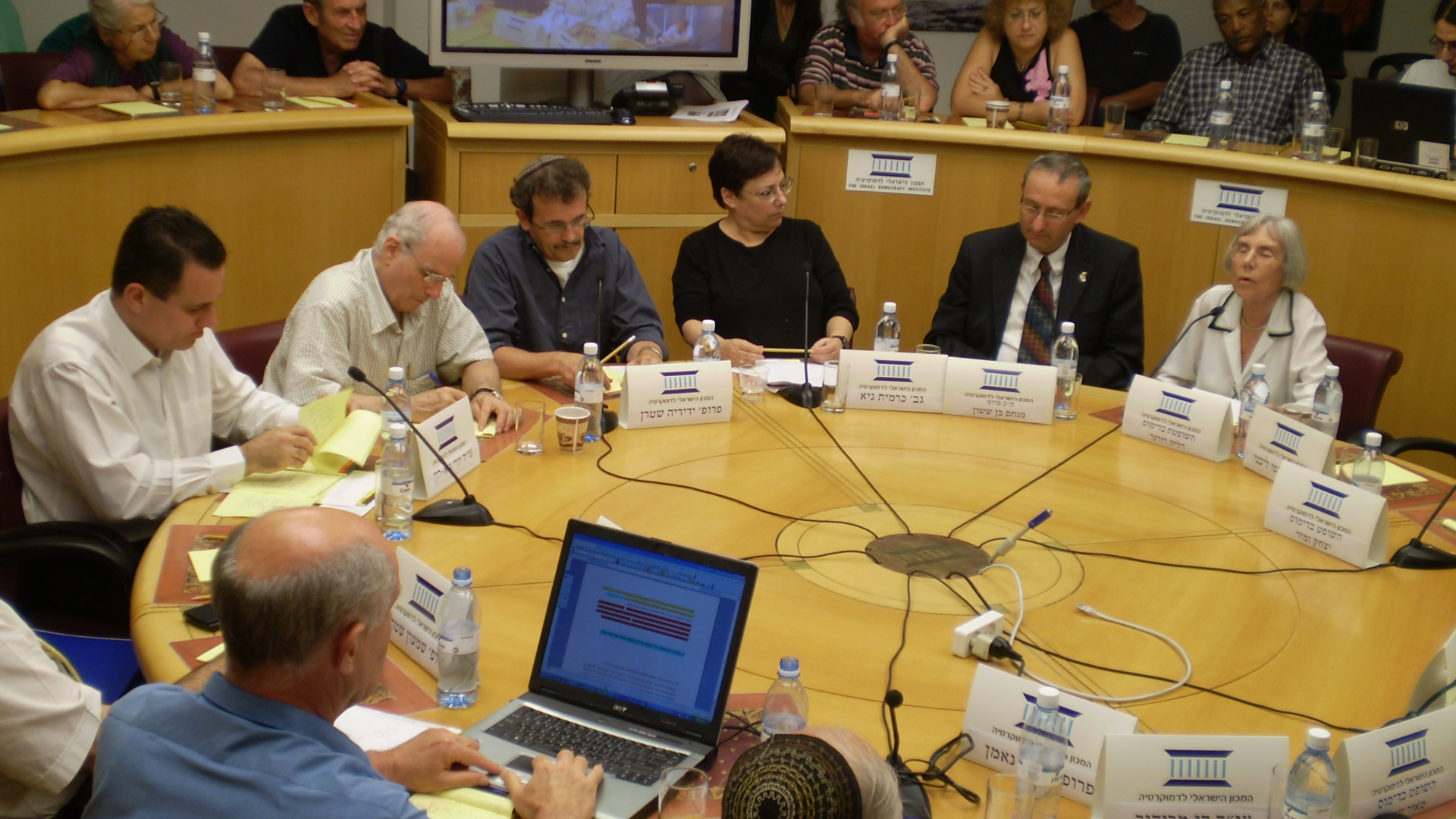Every year the questions asked in the competitive exams like banking exams surprise many students. There is no set pattern when it comes to these exams. But there are some topics which have been commonly asked for many years. Seating arrangements are one of those topics asked in the reasoning section of the competitive exams. Questions from this topic appear almost in all the competitive exams.
Suggested Videos
Knowing Seating Arrangements
As the words suggest seating arrangement is making sure that the given group people seat in such a way that all the guidelines and details are given are followed. There is no fixed pattern for solving questions of this topic. You need to arrange the group of people as per the given conditions. Seating or placing arrangement questions are more classified into four categories. They are:
1. Circular arrangement
In this arrangement, the group is seated around a roundtable. And that is why in these questions you need to make sure that the group is seated around the roundtable as per the given conditions.

Source: Wikimedia Commons
2. Linear arrangement
The arrangement here is in linear form i.e. the group should be arranged in a line. A single row is formed the linear arrangement.
Browse more Topics under Puzzle Test
3. Rectangle arrangement
This type of arrangement is almost similar to the circular arrangement the only notable difference being instead of roundtable there is a rectangle table in between the group of people sitting.
4. Double row arrangement
Normally, in this type of arrangement, there are two groups of people. You need to arrange one group in one row and another group in another row. The people in this arrangement normally face each other.
Now, we will discuss some of the tricks that can be used to solve this type of question easily. This type of question can be asked based on two types of the following information:
- Direct information: This information will already be mentioned in the question. You will be using this information to solve any question.
- Indirect information: After you have filled the direct information, you need to look for a different kind of information provided in the question and the connection between them. This will form the indirect information.
It is important that you know the side the person is facing while arranging. Let’s look into some examples of linear arrangement to have a better idea.
Suppose there are seven people sitting facing South, the arrangement will be something like this:
left  right
right
Now on the other, the other seven people are sitting facing North and their arrangement is like this:
left right
1. X, Y, Z, P, Q, and S are sitting in a row. Q and S are in the centre while X and Y are at the ends. Z is sitting next to X on the left side. Who is sitting to the right of Y?
A. P B. Q
C. X D. Y
This type of arrangement will be formed:
Y P Q S Z X
Thus the correct answer is (3).
Circular Arrangement
For a rectangle or circular based arrangement, the group of people can be either be sitting facing towards the circle or opposite of the circle. If they are looking away from the centre than their left hand will be in the anticlockwise direction and the right-hand side will be in the clockwise direction. This will be similar to the figure given below.

While for the group looking towards the circle, their left hand will be clockwise direction and right hand will be in the anticlockwise direction. This will be similar to the figure given below.

This type of arrangement is for the rectangle arrangements as well. While solving questions based on a rectangle or circular arrangement it is important that you are well aware of the directions. And based on this you can determine the clockwise and anticlockwise direction.
Practice Questions
Q. Five friends are seeing a movie together. X is sitting next to Y, P is sitting next to Q, Q is not with R who is on the left end. P is sitting two seats on the right. X is on the right side of Y and R. X and P are sitting together. What is the position of A?
A. Between Y and Q B. Between X and Y
C. Between P and Q D. Between P and Y
The answer is D
Q. There are six friends sitting in a circle and facing away from the centre of the circle. Ravi is between Ram and Shyam. Preet is sitting between Ramesh and Mahesh. Ram and Ramesh are sitting opposite to each other. Based on the above information answer the following three questions.
1. Who is to the right of Ram?
A. Ravi B. Mahesh
C. Preet D. Ramesh
The answer is A
2. Who are neighbours of Ramesh?
A. Ravi and Ram B. Preet and Ramesh
C. Preet and Mahesh D. Shyam and Preet
The answer is D
3. How is opposite to Ravi?
A. Ram B. Mahesh
C. Preet D. Ramesh
The answer is C.






I think answer for first should be C(3)